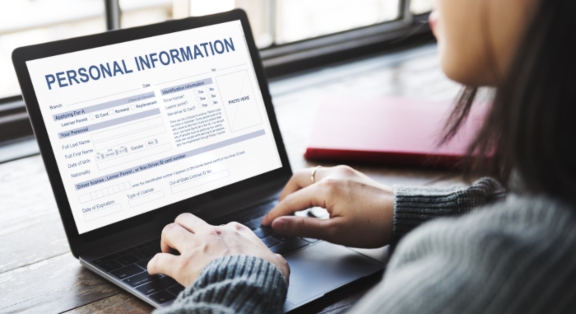 With many employees working from home, unfortunately, the traffic of account hackers has also increased. And many of their tactics have gotten more clever for obtaining information online. Be sure to keep your accounts and information safe with these tips and tricks.
With many employees working from home, unfortunately, the traffic of account hackers has also increased. And many of their tactics have gotten more clever for obtaining information online. Be sure to keep your accounts and information safe with these tips and tricks.
Variation
Although simplicity may seem like the best way to go for memory’s sake, add some sort of variance to your password. Whether it be different capitalization, numeric values, or punctuation, you want to ensure you are using a password that cannot be easily guessed. And whatever you do, do not use the same password for all applications! Afraid you’ll forget your numerous password? No excuse! Use a password manager such as Secret Server, Bitwarden, or Dashlane to keep track of all your account information.
Change It Up
Some applications may require you to change your password after a certain number of days. Although this may seem tedious, it is important to change when prompted. Take it one step further by changing the passwords of all your applications every few months. Get into the habit of changing all passwords, even if you are only required to change just one or two applications. Frequently changing passwords will make it, so your account information is less likely to be tracked.
Be Cautious of Downloads and Links
Some emails may seem legitimate but can be a hacker in disguise. If the email contains a download or link and you’re not sure if it is safe, look for clues it could be a hacker. Do you recognize the email address it is coming from? Or could the email address have various numbers attached to it? Is the spelling in the email message itself correct? When in doubt if you aren’t sure, don’t open any links or downloads and reach out to your IT Department. In addition, do your best to avoid unknown sites to limit the opportunities of engaging with malicious code.
Two-factor Authentication
Setting up two-factor authentication creates another layer of safety for your information. Many of us use just one password to access certain sites, but if there is an option to enable two-factor authentication, you should take it. Something as simple as sending a text with a code to your phone before logging in can create an abundance of safety so only you can access the account.
Update
Update! Update! Update! Updating your systems is such an important and simple way to help keep your accounts and information safe. Failure to update your systems allows hackers more time to create new and improved ways of obtaining your information. Updating your software, system, firewall, and the browser should remain a priority. So next time you receive an update pop up, don’t close it out!
Shut Down
Turn off your work laptop or computer at the end of every day. Devices that are always left on are more susceptible to getting viruses or malware. Get into the habit of shutting completely down at the end of the day to ensure your accounts are being protected, even when you’re offline.
Bridge Loan Network is a site you can trust. Those who use the Bridge Loan Network (BLN) platform are helping to protect their information, and their client’s information by storing it in the software. Aspects that ensure the safety of information include the entire site being https, all documents and PII are encrypted, and the firewall only allows access to BLN for users in the United States. In addition, the company follows the OWASP secure coding practices to safeguard the information of users. The safety features Bridge Loan Network uses are exactly what you want to look for when entrusting your personal information on different websites.
Although hackers are upping their game while many are still working from home, these tips will help to ensure the safety of your information. Always be cautious while using your devices and if something seems odd, go with your gut. Hackers are smart but you are smarter!






